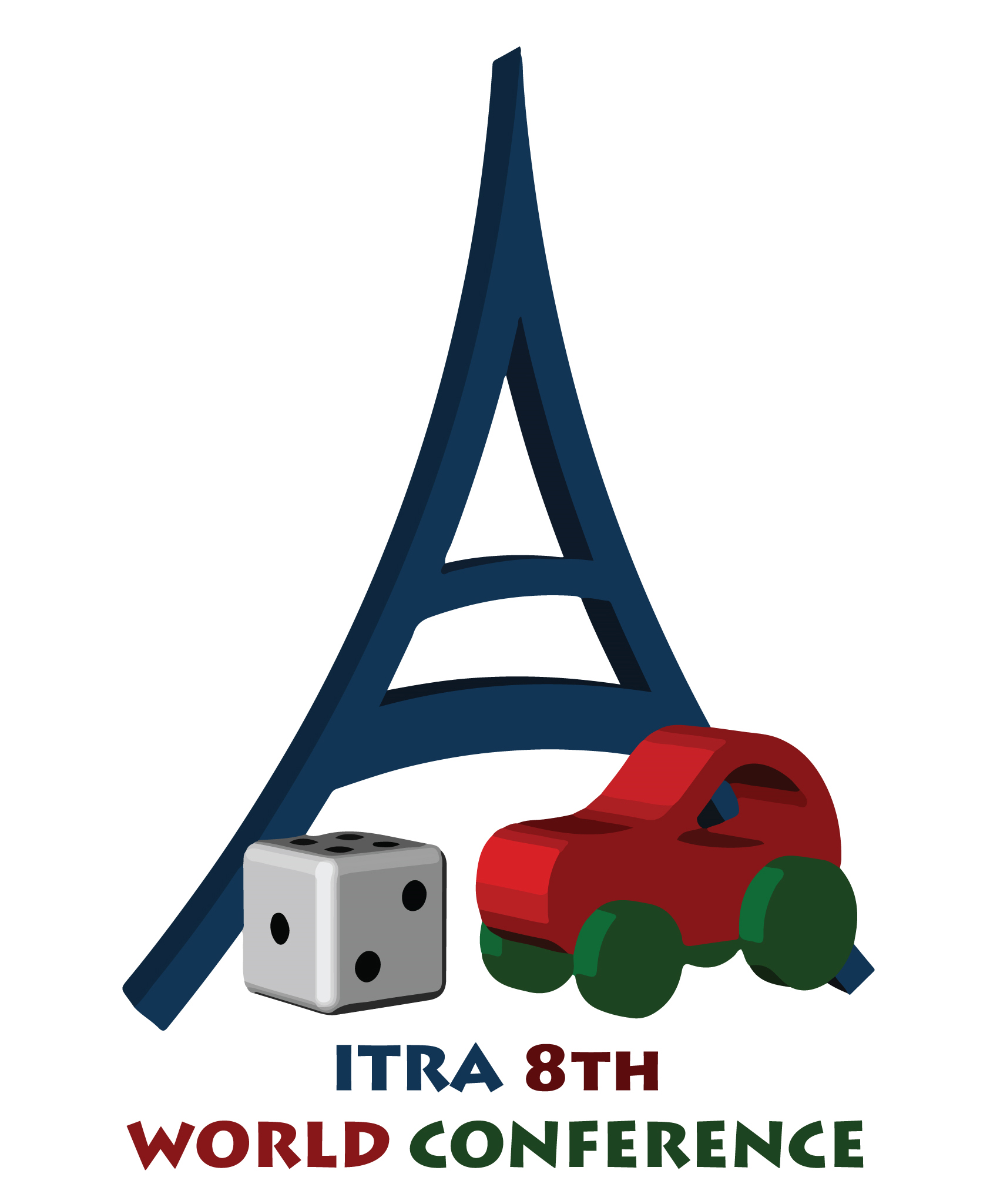Hoops and Coming of Age in Greek and Roman Antiquity
Abstract
Ancient hoops, usually made of wood or metal, do not survive archaeologically, but literary and iconographic representations provide information regarding the materials used, ergonomics, as well as their symbolic and cultural values. Hoops were intimately associated with youth, especially male, and this paper aims at expanding the understanding of their collective, social and religious dimensions for boys and young men. In ancient Greece, the hoop was used in physical training at the palaestra and in the gymnasium. In Rome, it was associated with an idealized image of Greek athleticism and used in public spaces, such as the Campus Martius. These hoop based activities demonstrate the porosity of the boundaries between entertainment, performance, sport, and competition. The symbolic association of the hoop toy with the life passages of young men is expressed by metaphorical images. In Greek iconography, the hoop is the attribute of Ganymede, abducted by Zeus on Olympus, eternally young among the gods. The image of a mortal player in a funerary context thus transmits the hope of a form of immortality in a blessed afterlife. In Roman pictures, the hoop is transformed into the wheel of Tuchē, as a symbol of fate, or takes a cosmic dimension in the form of the zodiacal ring.
| Origin | Files produced by the author(s) |
|---|
Loading...
